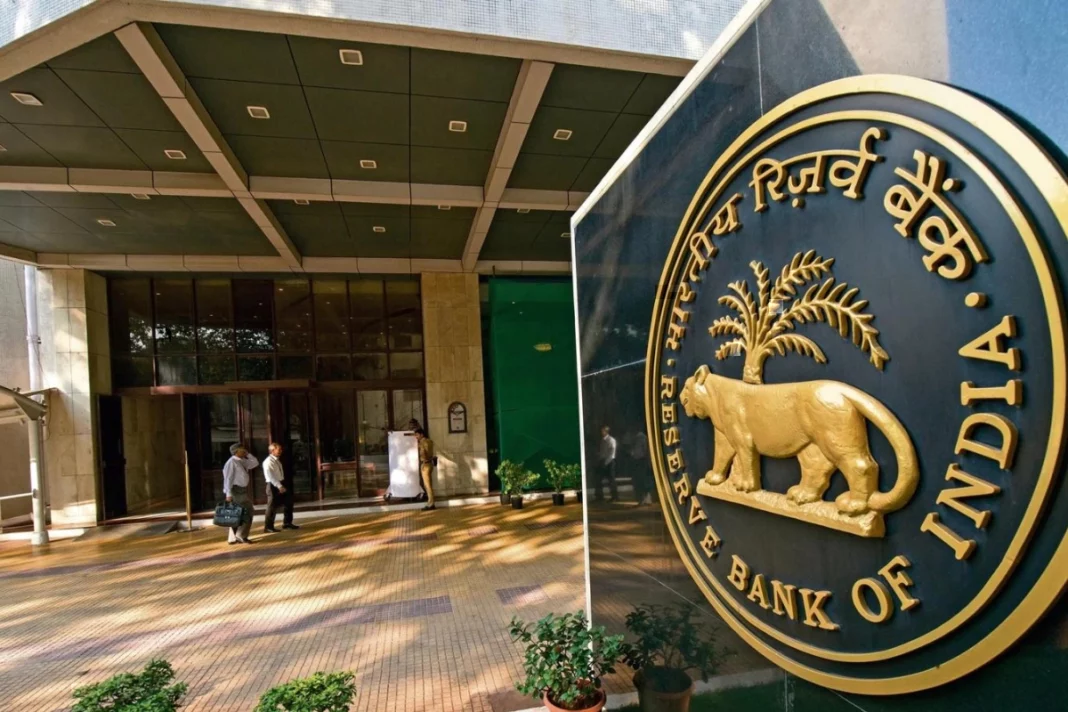RBI: The Reserve Bank of India (RBI), the country’s central bank, said today that the MPC meeting decided to retain the repo rate at 6.5%. The RBI has temporarily halted increases to repo rates for the third time in a row.
Economic Triumph Amidst Global Challenges
RBI governor Shaktikanta Das announced the decisions of the three-day Monetary Policy Committee (MPC) meeting on Thursday, saying that “As we celebrate India’s 77th Independence Day in a few days, I am happy to note that the Indian economy is exuding enhanced strength and stability despite the massive shocks to the global economy in recent years.” Following the RBI’s early this morning announcement of its monetary policy, the Sensex and Nifty both fell by around 0.6%. According to a number of media sources, rate decreases are anticipated soon, which would likely result in lower bank FD rates and loan EMIs.
A Recap of RBI’s Back-to-Back Increases and Current Stance
From May 2022 to February 2023, the repo rate was increased six times back-to-back. The RBI then left the rate unchanged at its meetings in April and June, and is doing so again at its meeting in August. The repo rate, for the uninitiated, is the rate at which the RBI lends money to commercial banks whenever those institutions lack liquidity or cash. Treasury bills and other eligible securities are pledged as collateral when banks borrow money from the RBI. Simply said, banks borrow from the RBI at the repo rate whenever necessary, just as we, as customers, borrow loans from banks at the applicable interest rates on loans. Since May 2022, the RBI has increased interest rates six times totaling a 250 bps point increase. The repo rate was increased by the RBI by 40 basis points in May, then by 50 basis points in June, August, and September, followed by a gentler increase of 35 basis points in December 2022 and 25 basis points in February 2023.
Inflation Monitoring and Innovative Solutions
The governor declared that the RBI will continue to closely monitor inflation and to be steadfast in its resolve to bring inflation under control. According to the governor of the RBI, changes in vegetable price shocks have caused retail inflation for FY24 to be revised downward from an earlier forecast of 5.1% to 5.4%. The RBI governor stated that an on-device wallet named “UPI-Lite” was launched in September 2022 to optimise processing resources for banks and reduce transaction failures in order to speed up small-value transactions on UPI. More than ten million transactions are processed each month thanks to the product’s growing popularity. It is suggested to leverage Near Field Communication (NFC) technology to make offline transactions easier in order to encourage the implementation of UPI-Lite. In addition to enabling retail digital payments when there is poor or no internet or telecom access, this functionality will also ensure speed with few transaction rejects. Soon, the NPCI will receive instructions.
RBI Expands Transaction Thresholds for Speedy and Convenient Transactions
The RBI also increased the transaction thresholds for digital payments of modest value. The Reserve Bank has established limits of 200 rupees per transaction and a total of 2000 rupees per payment instrument for small value digital payments made offline, including those made using the National Common Mobility Card (NCMC) and UPI Lite. These channels provide faster, more dependable, contactless payment methods for regular small value purchases, transit payments, etc. by eliminating the requirement for two-factor verification for small value transactions. Since then, there have been calls for these limitations to be increased. It is now suggested to raise the per-transaction limit to 500 in order to promote more adoption of this method of payment and introduce more use cases into this mode. However, the overall cap is kept at 2000 to reduce the hazards brought on by the relaxation of two-factor authentication. The RBI governor promised to soon release instructions in this regard.
Keep watching our YouTube Channel ‘DNP INDIA’. Also, please subscribe and follow us on FACEBOOK, INSTAGRAM, and TWITTER


